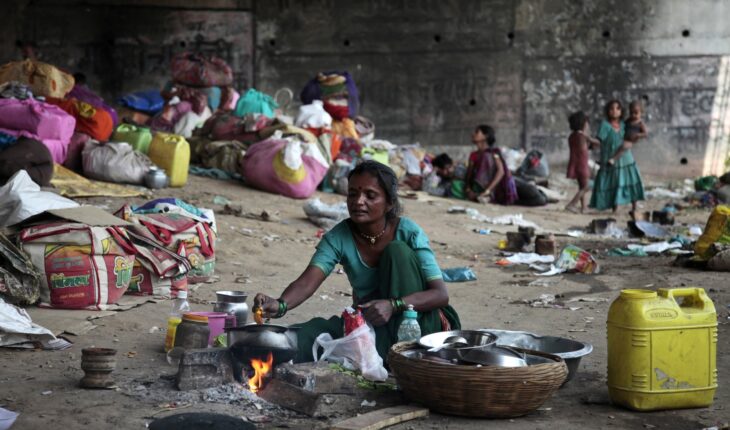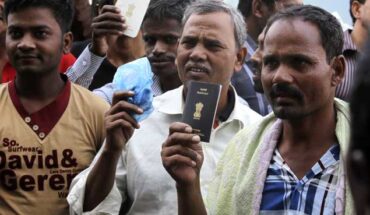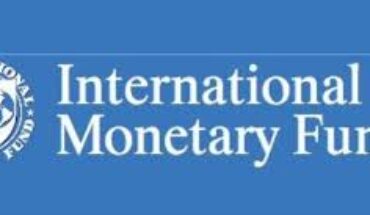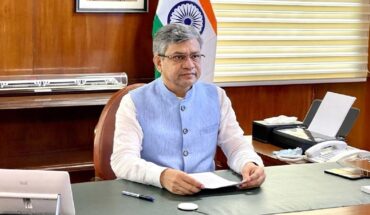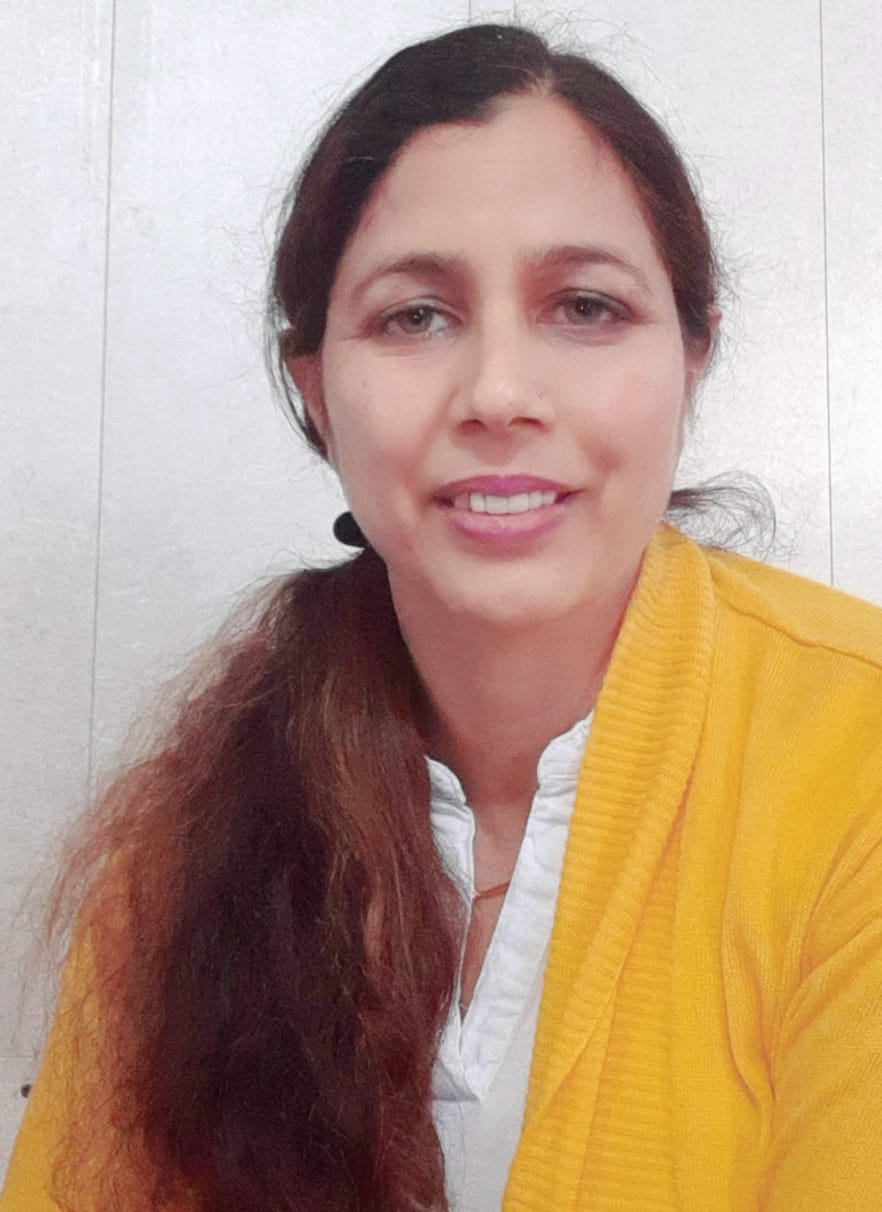
The Human Development Report 2021–22, brought out by the United Nations Development Programme, shows that India’s global rankings have slipped from 130 in 2020 to 132 in 2021 in line with a global fall in HDI scores in the wake of the pandemic Covid-19. At 73 and with an index value of 0.782, Sri Lanka emerged as the best performer in the Indian sub-continent. The island nation was followed by China (79 and 0.768), Bhutan (127 and 0.666), Bangladesh (129 and 0.661), India, Nepal (143 and 0.602) and Pakistan (161 and 0.544).
India’s HDI value stood at 0.633 in 2021, which was lower than the world average of 0.732. In 2020, too, India recorded a decline in its HDI value (0.642) in comparison to the pre-Covid level of 2019 (0.645). This is not surprising as the growth in India’s Human Development Index (HDI) values have decelerated faster than the global values during the pandemic. India’s HDI values, which were stagnant in 2019, fell marginally in 2020—the first year of the pandemic—and the fall accelerated almost threefold to -1.4% in 2021. However, at the global level, the fall in HDI indicators was curtailed in 2021 at 0.4%, which is marginally lower than in 2020. This sharp deterioration in India’s HDI values by implication tends to have a declining impact on that of both South Asia and medium HDI countries, which include India. The regional numbers show that the highest decline in HDI values in 2021 was in South Asia (0.9%) primarily on account of India’s poor performance. Among India’s neighboring countries, Sri Lanka (73), China (79), Bangladesh (129) and Bhutan (127) have fared better than India. Only Pakistan (161), Myanmar (149) and Nepal (143) were worse off.
The highest improvement in HDI values was in Europe and Central Asia, East Asia and the Pacific, where it registered some marginal growth. However, while the HDI values in the Arab countries remained stagnant, they continued to fall in Latin America and the Caribbean.
The World Inequality Report 2022 says the world’s most extreme inequality has been observed in India. It notes India is a “poor country and very unequal, with an affluent elite”. The WIR says the top 10 per cent of the country’s population account for 57 per cent of the national income, of which 22 per cent is held by the top 1 per cent. While a small section of India’s populace enjoys 5-star privileges, for the bottom 50 per cent sustainability of life is still a challenge. This is due to a variety of factors, including but not limited to, loss of job opportunities, an erratic unorganised sector, and rising poverty and inflation. The bottom 50 per cent are earning Rs 53160 and the top ten per cent Rs 1166520, 20 times more.
The Gini (inequality in income distribution) coefficient points to increasing inequality in India. The coefficient in 2014 was 34.4 per cent (100 per cent indicates full inequality and 0 per cent full equality). The coefficient increased to 47.9 per cent in 2018. India is said to be next to Russia in the world in terms of inequality.
The report also suggests that stress, sadness, anger, and worry have increased over the last decade, reaching record levels. The HDR cautions that “uncertainty, inequality and insecurity go hand in hand with polarization and lack of trust”. It finds political volatility becoming reality. Developing countries are entering a divergent social, political and economic period with sharp downside risks for the most vulnerable and regression in gender equality. India’s per capita gross domestic product (GDP) increased five times between $443 in 2000 and $2014 in 2019. This doesn’t mean a uniform rise in income.
A rank loss on the UN Human Development Index is a grave indicator of India’s overall social and economic performance that invites investment and global participation. India slipped to 132 from 131 last year, which was 130 in 2015. The UN Human Development Report (HDR) noted slippage in quality of life, attainments to basic schooling, healthcare, job losses, penury, and overall lack of opportunities during the Covid-19 pandemic in many countries.
Major features:
Life expectancy: In 2021, India’s life expectancy at birth was recorded at 67.2 years.
Schooling: Expected years of schooling at 11.9 years, mean years of schooling at 6.7 years,
Gross National Income: The gross national income per capita stood at USD 6,590.
Gender Inequality Index: India has been ranked 122 on the Gender Inequality Index.
Dr. Harvinder Kaur, Associate Professor in Economics Ambala, views are personal


